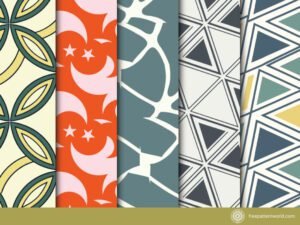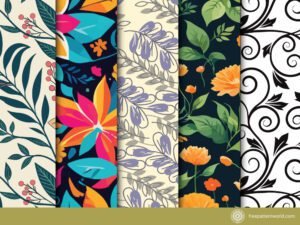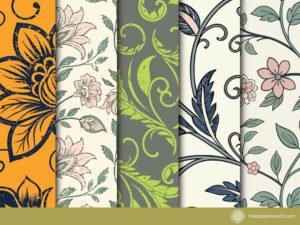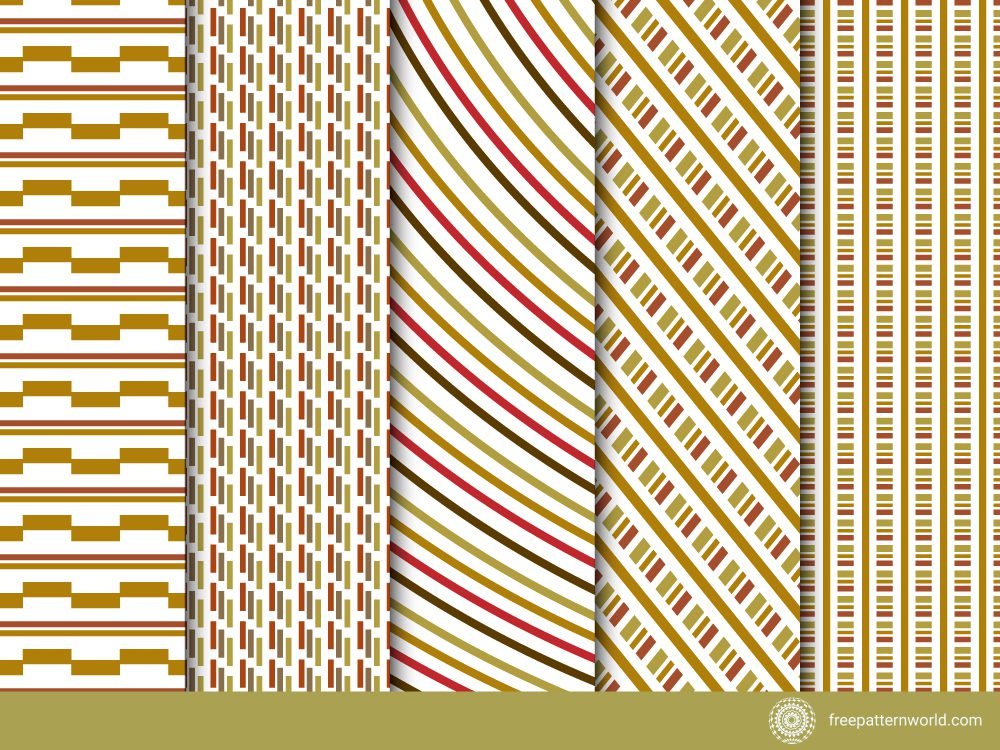
Table of Contents
Striped patterns, with their simple yet captivating visual appeal, have long been a staple in the world of design and fashion. These versatile patterns, characterized by parallel lines of varying widths and colors, have stood the test of time, transcending generations and trends. From classic pinstripes to bold, contemporary interpretations, striped patterns continue to grace our lives in various forms, offering a timeless elegance that never goes out of style.
Historical Significance
Stripes have a rich history, with their origins dating back to ancient civilizations. The ancient Egyptians, for instance, used stripes in their clothing and artwork. However, it was during the medieval period that stripes began to take on greater cultural significance. In Europe, stripes were sometimes used to denote social status, with prisoners and outcasts often wearing striped clothing.
The Classic Pinstripe
One of the most iconic forms of striped patterns is the pinstripe. Originating from the world of men’s tailoring, pinstripes have been a symbol of sophistication and professionalism for centuries. Traditionally seen on business suits, pinstripes are characterized by narrow, closely spaced vertical lines. They exude an air of authority and have been favored by business professionals, adding a touch of refinement to their attire.
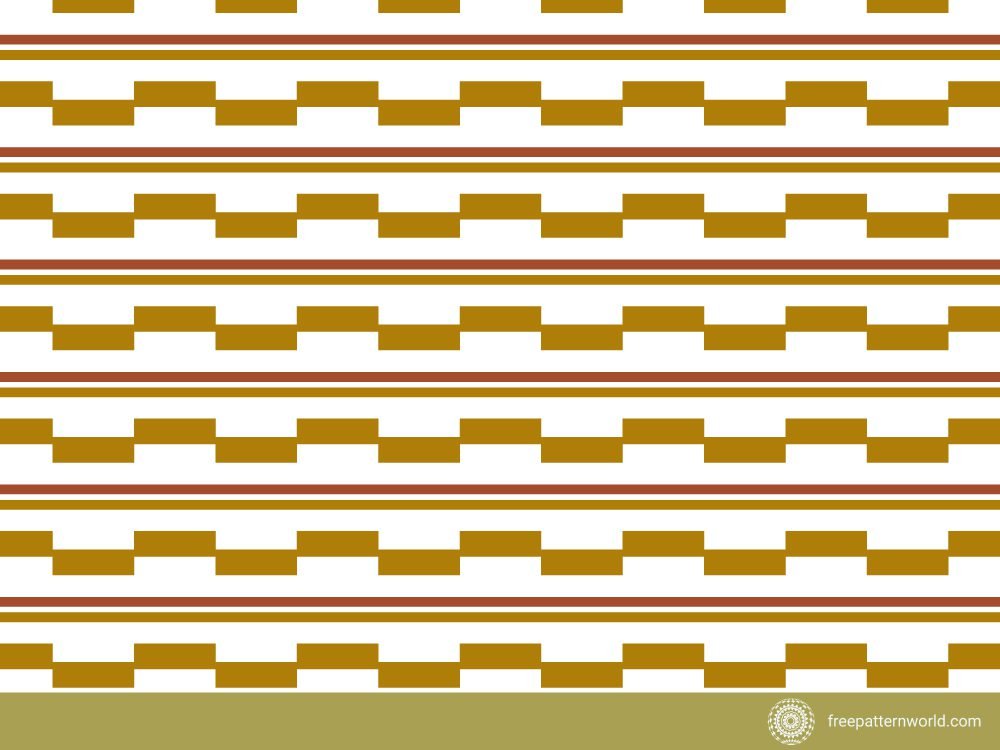
Versatility in Fashion
Striped patterns are incredibly versatile and can be adapted to suit a wide range of styles and preferences. From bold, wide stripes that make a statement to subtle, fine stripes that offer a more understated look, there’s a striped pattern for every occasion. They can be found on dresses, shirts, pants, skirts, and even accessories like scarves and ties. Stripes can be horizontal, vertical, or even diagonal, allowing for endless design possibilities.

Timeless Appeal
One of the remarkable aspects of striped patterns is their ability to remain stylish across eras. Whether you’re looking at vintage photographs from the 1950s, classic films, or contemporary fashion runways, you’re likely to find stripes in various forms. The enduring appeal of stripes can be attributed to their ability to add structure and visual interest to clothing and designs. They are both classic and modern, making them a perennial favorite.
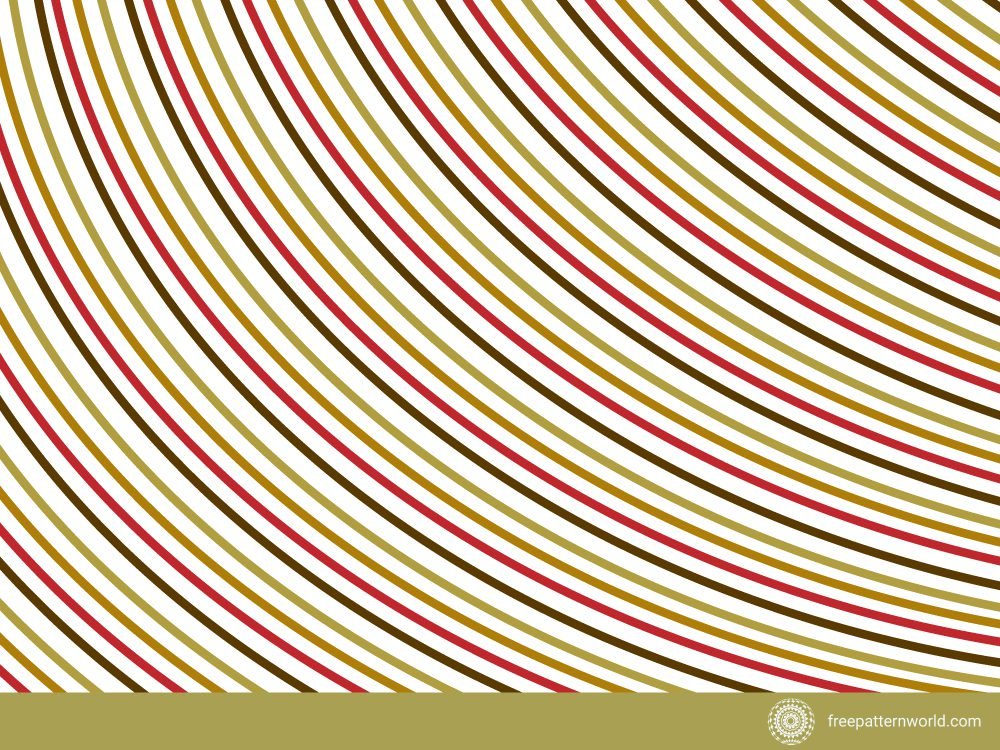
Stripes in Interior Design
Striped patterns aren’t confined to fashion alone; they are also a popular choice in interior design. Striped wallpaper, upholstery, and bedding can transform a room, creating the illusion of height, width, or depth depending on the direction of the stripes. Striped rugs and curtains can add a touch of elegance to any living space.
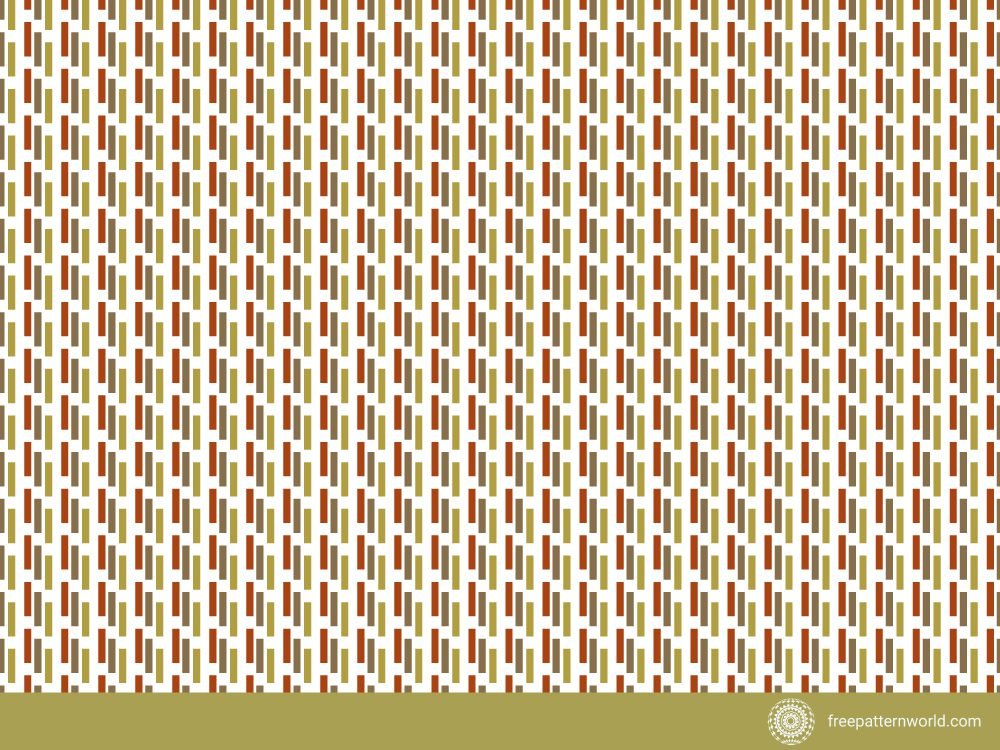
Contemporary Interpretations
In recent years, designers and artists have taken striped patterns to new heights, experimenting with unconventional color combinations, irregular spacing, and asymmetrical designs. These contemporary interpretations of stripes have brought a fresh perspective to this classic pattern, ensuring that it remains relevant and exciting for today’s audiences.
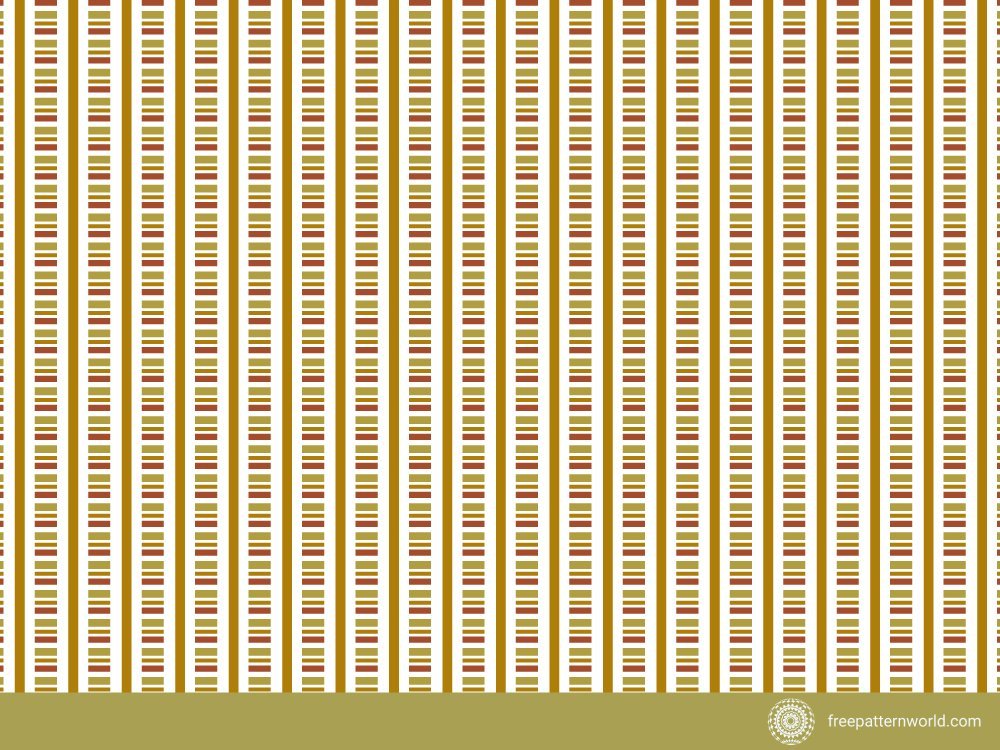
Conclusion
Striped patterns have woven themselves into the fabric of our culture, offering a timeless elegance that transcends trends and generations. Whether adorning clothing or enhancing interior spaces, stripes continue to be a symbol of style, sophistication, and visual intrigue. With their rich history and adaptability, it’s safe to say that striped patterns will remain a design and fashion staple for years to come, proving that simplicity and elegance are truly timeless.
Download more free pattern designs from freepatternword and freepik.
Support Us with Crypto!
If you enjoy our content and want to help keep this site running, you can support us with crypto. Your support is appreciated!
USDT(TRC20): TSW1iyNhUHiGvc2VdQvZqkqgCTGvdrnsY7
Bitcoin: 38ZHQNkrbZKYJhbLeFZiCrQdR3C2ddtAzV
ERC-20: 0xe1BD9D788256905c6efFd38333A3fF1b6DE3ce67
What are striped patterns?
Striped patterns are designs characterized by the presence of parallel lines of varying widths and colors. These lines can be horizontal, vertical, or diagonal.
Are there different types of striped based patterns?
Yes, there are various types of striped patterns, including horizontal stripes, vertical stripes, diagonal stripes, and more. The width, spacing, and color of the stripes can also vary widely.
What is the history of striped patterns in fashion?
Striped based patterns have a long history in fashion, dating back centuries. They have been used in various cultures and time periods, from nautical stripes worn by sailors to pinstripes on business suits.
Can striped patterns be slimming or elongating in clothing?
Yes, the direction of the stripes can create optical illusions. Vertical stripes tend to make a person appear taller, while horizontal stripes can give the illusion of added width.
Are there any guidelines for mixing striped patterns in fashion?
Mixing stripes can be stylish, but it’s essential to consider the scale and width of the stripes. To mix effectively, vary the size of the stripes and keep a common color theme.
How can striped patterns be used in interior design?
Striped patterns in interior design can create visual interest and change the perception of space. Vertical stripes can make a room feel taller, while horizontal stripes can make it seem wider.
What emotions or moods are associated with striped patterns?
Striped patterns can convey different emotions depending on their design. For example, bold, contrasting stripes can create a dynamic and energetic atmosphere, while subtle, muted stripes can evoke a sense of calmness.
Are there any cultural or historical significance to striped patterns?
Yes, striped patterns have cultural significance in various regions and time periods. For example, different cultures may have traditional clothing or textiles featuring specific types of stripes with symbolic meanings.
Can striped patterns be used in modern and contemporary design?
Absolutely! Striped based patterns have evolved over time and continue to be a popular choice in modern and contemporary design. Designers often experiment with different colors, widths, and orientations to create unique looks.

